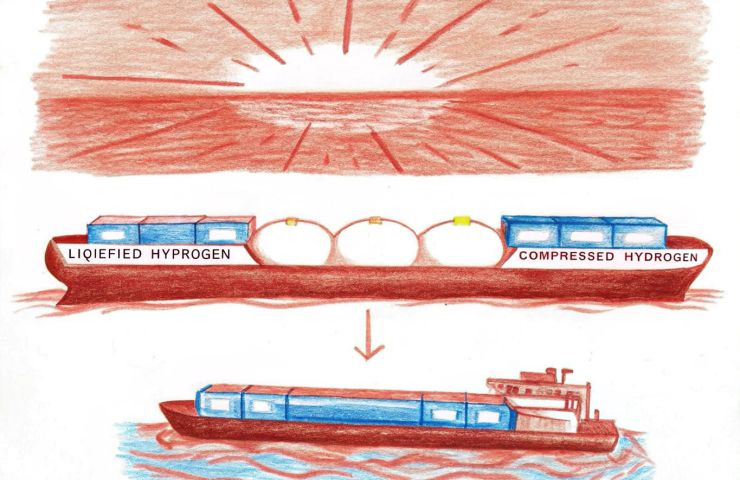Hydrogen ship fuel: IMO’s Interim Safety Guidelines Propel Maritime Decarbonization
IMO Unveils Groundbreaking Hydrogen Guidelines

The International Maritime Organization (IMO) has made a significant stride towards maritime decarbonization with the introduction of interim guidelines for hydrogen fuel at the 11th session of the Sub-Committee on Carriage of Cargoes and Containers (CCC). Held from September 8 to 12, 2025, in London, this session saw delegates finalize crucial regulations that could transform how ships are powered. The guidelines focus on both liquefied and compressed hydrogen, providing a practical framework for reducing greenhouse gas emissions while ensuring safety at sea.
Key Developments in Hydrogen Regulations
The newly established rules fall under the International Code of Safety for Ships using Gases or other Low-flashpoint Fuels (IGF Code). They encompass a comprehensive range of safety measures, including process flow diagrams, hazard identification, leak detection systems, emergency shut-off valves, and crew training protocols. With endorsements from major classification societies like DNV and Lloyd’s Register, the guidelines advocate for the open-deck placement of hydrogen systems. This approach mandates protective barriers and real-time monitoring, significantly mitigating risks associated with hydrogen use in maritime environments.
The rapid development of these guidelines reflects a clear demand from the industry and builds upon existing LNG protocols under the IGF Code. The emphasis on safety and practicality aims to facilitate the transition from theoretical applications to real-world implementations of hydrogen as a ship fuel. By ensuring that hydrogen systems are located on deck, the IMO aims to prevent gas accumulation in enclosed spaces, thereby reducing the risk of explosions and enhancing emergency response capabilities.
Charting a Sustainable Future for Shipping
Shipping currently contributes approximately 3% of global greenhouse gas emissions, making the IMO’s targets for 2030 and 2050 increasingly urgent. The introduction of these interim guidelines marks a pivotal step towards the widespread adoption of hydrogen fuel in maritime operations. With a clear safety framework in place, engine manufacturers and fuel cell integrators can expedite the approval process, while port authorities can begin developing dedicated hydrogen bunkering facilities. This shift not only paves the way for zero-carbon voyages but also attracts investment and regulatory support for phasing out fossil fuels in shipping.
ClassNK Releases Updated Guidelines for Ships Using Alternative Fuels
Beyond safety, the guidelines offer manufacturers regulatory clarity to enhance cryogenic tank production, while financial institutions can confidently support hydrogen retrofits. Insurers benefit from standardized criteria, allowing them to refine coverage terms effectively. National regulators can align domestic laws with the IMO’s framework, streamlining environmental reviews and licensing processes. The harmonization of rules is expected to foster competition, reduce costs, and stimulate innovation throughout the supply chain.
As the IMO continues to prioritize hydrogen, it is also working on guidelines for other alternative fuels, including methanol and ammonia. The phased approach allows stakeholders to adapt and implement new regulations progressively, ensuring a smoother transition to a sustainable maritime future. With the momentum building, the shipping industry is poised to move from concept to execution, marking a significant leap towards a cleaner, greener horizon.
